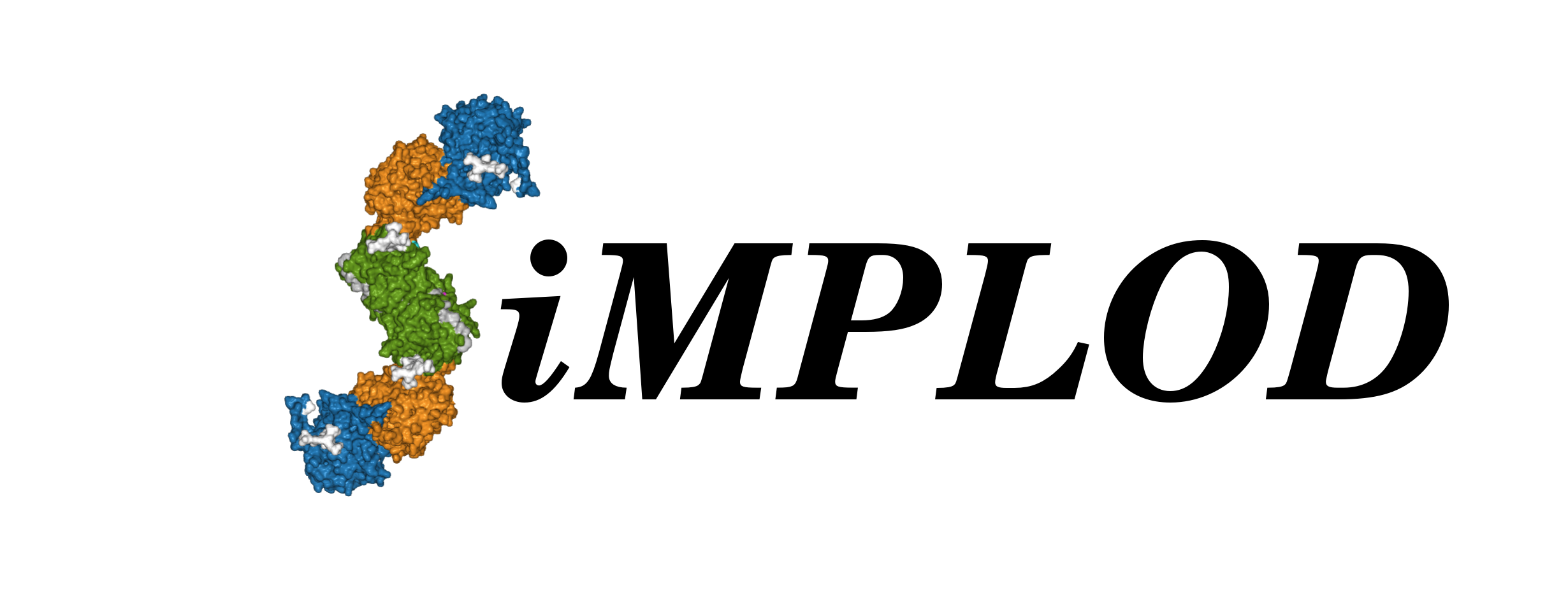 About
Contact
References
Structures
Adv. Search
Stats
Demo
About
Contact
References
Structures
Adv. Search
Stats
Demo
| LH1 SER178ARG | ||
| SiMPLOD ID |
SiMPLOD1-178 | |
| Isoenzyme |
Lysyl Hydroxylase 1 (human) - UniProt - Full Info | |
| Nucleotide mutation |
PLOD1 NM_000302.2:c.534C>A - NCBI RefSeq NCBI SNP: rs113384442 NCBI ClinVar: 459821 |
|
| Mutation type |
Uncertain significance | |
| Disease Phenotype |
Kyphoscoliotic Ehlers-Danlos Syndrome (Type VIa) Link1 Link2 | |
| Clinical Databases |
OMIM: 225400 Orphanet: ORPHA:1900 ICD-10: Q79.6 MeSH: C536198 | |
| Evidence at protein level |
This variant MAY EXIST at the protein level, although no experimental evidence is currently available to support its existence. | References |
Notes from publications |
Mutation found in a family (spanning 3 generations) with an autosomal dominant novel pathogenic variant in PLOD1 (c.534C>A (p.Ser178Arg), that resulted in the presence of highly penetrant aortic aneurysm and/or aortic dissection. Whilst the PLOD1 p. (Ser178Arg) variant could not be obtained recombinantly in sufficient amounts for biochemical characterization, homologous PLOD3 p. (Asp190Arg) showed a strong reduction in glycosyl transferase donor substrate processing and folding stability compared to the wild-type enzyme. |
| Related Entries |
SiMPLOD1-179: LH1 SER178ARG (SNP) SiMPLOD1-180: LH1 SER178SER (Likely benign) SiMPLOD2-1082: LH2a ASP190VAL (SNP) SiMPLOD3-270: LH3 ASP190ALA (for biochemistry) SiMPLOD3-309: LH3 ASP190ASP (benign) SiMPLOD3-310: LH3 ASP190GLU (SNP) SiMPLOD3-593: LH3 ASP190ASN (SNP) | |
| Last Update |
2021-06-23 08:38:51 | |
|
The three-dimensional visualization is currently based on the homology model of full-length, dimeric human LH1 (generated using the crystal structure of full-length human LH3 as template). You may select a different PDB model file to visualize the mutation(s) using the drop-down menu below (page will refresh): |
||
Thank you for using SiMPLOD - Created by Fornerislab@UniPV Follow @Fornerislab - Last curated update: 1970-01-01 00:00:00
We truly hate messages and disclaimers about cookies and tracking of personal info. But don't worry, we don't use any.